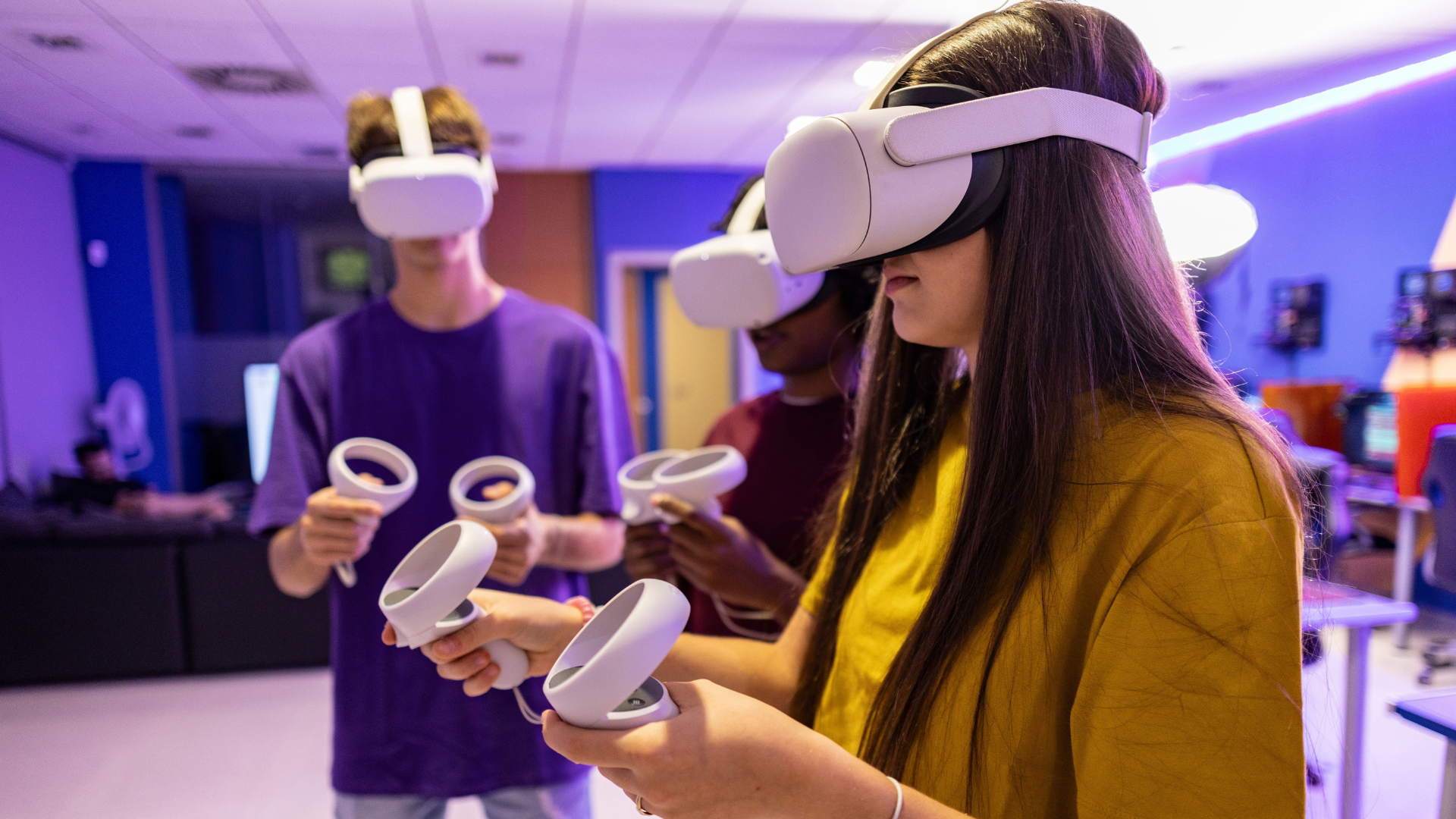Now Reading: US Greenlights Lab-Grown Salmon for Consumption
-
01
US Greenlights Lab-Grown Salmon for Consumption
US Greenlights Lab-Grown Salmon for Consumption

rapid Summary
- wildtype, a lab-grown seafood company, has received FDA approval for its cultivated salmon and is now selling it in Portland, Oregon-marking the first-ever sale of cultivated seafood globally.
- Wildtype’s sushi-grade salmon is created by cultivating fish cells in laboratory conditions. the FDA deemed it as safe as conventionally produced food.
- wildtype underwent six years of rigorous safety evaluations across three U.S. presidential administrations before receiving approval.
- The cultivated salmon is currently featured at Kann, a restaurant in Portland. It sold out on the first night and will be offered full-time starting July 2025.
- Cultivated meat aims to reduce environmental damage associated with traditional animal agriculture and overfishing while meeting growing demand for food products.
- Several U.S. states led by Republican lawmakers have enacted laws banning or temporarily prohibiting lab-grown meat sales,citing concerns over competition with traditional ranching industries and product legitimacy.
- Advocates argue that these bans may hinder economic opportunities such as job creation and revenue from this emerging industry while potentially aiding global food security.
Images:
indian Opinion Analysis
The progress highlights significant innovation in sustainable food production amidst global challenges such as climate change and resource depletion. For India-a nation with a vast reliance on seafood exports-it signals an avenue to explore the future potential of cellular agriculture to address overfishing concerns impacting coastal livelihoods.
While lab-grown proteins position themselves as environmentally kind alternatives to conventional farming methods, their adoption requires thoughtful regulatory frameworks ensuring consumer safety without stymieing development opportunities for industries employing cutting-edge biotechnology.For India’s policymakers and agrifood sector leaders observing foreign market trends like those unfolding in the U.S., this progress could prompt discussions about balancing economic gain from new protein technologies against preserving traditional fishing practices essential for vulnerable communities locally reliant upon aquatic ecosystems.Read More: Link

























